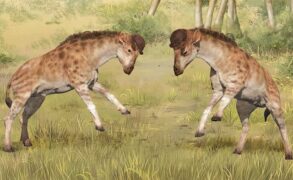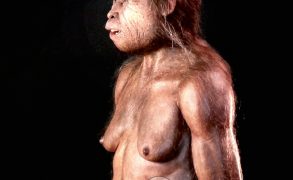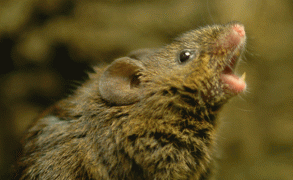
Chris Hemsworth & the dementia doctor
In the documentary ‘A Road Trip To Remember’, Chris Hemsworth and his recently dementia-diagnosed father take a road trip back through their past, while exploring social connection and reminiscence therapy using the advice…

How many species can be found in a glass of ocean water?
If you’ve ever been involved in a school experiment looking at ocean or river water under a microscope, you’ll know that even a single drop teems with life, from larvae and fish visible…

How the giraffe really got its neck
The question of how the giraffe got its long neck has long been debated by scientists throughout the world. Since the days of Charles Darwin, the dominant theory has been that the giraffe’s…

Reverse extinctions, Tasmanian tigers and smoky mice
The idea of bringing back extinct flora and fauna is not new, but the challenge is two-fold: first in sequencing a full genome from recovered DNA fragments, and then in taking stem cells…

Aussie lungfish has largest animal genome known to science
Scientists are teasing out the secrets that place the Australian lungfish near a critical moment of evolution. A team of researchers at the Research Institute of Molecular Pathology (IMP) in Vienna has sequenced…

Mysterious old dwarf found in the Philippines
Scientists from the Australian National University have discovered bones and teeth that could add a new chapter to human history. Although the finds from the Callao cave in the Philippines are scarce, there…

Two human species shared the same cave
The two human species to which we are most closely related lived close to each other for thousands of years. This has been established by archaeologists from the University of Wollongong in NSW,…

A single gene controls movement in vertebrates
Scientists have found that one gene is responsible for variability in locomotion in horses and mice.

Why do women live longer than men?
Aussie women have an average lifespan of 84 years, while the men have an average of 80. The reason why could lie in our genes.



